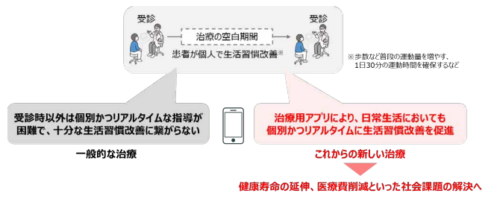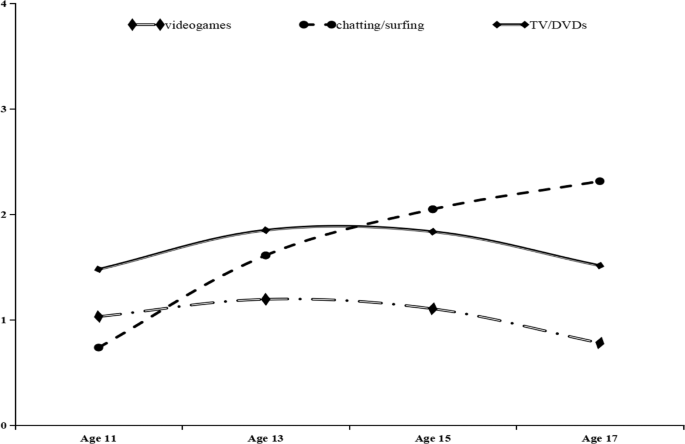2024-01-15 アイルランド・リムリック大学(UL)
◆研究では、リムリック大学病院の廃水システムから新しいバクテリアが見つかり、また、病院の病棟に入院した患者から採取した綿棒検体でも同定されました。この新バクテリアは一般的に使用される多くの抗生物質に耐性を持っており、抗生物質の適用が難しい状況を示しています。
◆この研究は、感染症リスクの管理に慎重に取り組む病院のアプローチと協力して行われ、新しいバクテリア種の同定やその耐性を理解する上で重要な成果をもたらしました。
<関連情報>
- https://www.ul.ie/research/news/university-of-limerick-researchers-discover-new-antibiotic-resistant-species-of
- https://www.journalofhospitalinfection.com/article/S0195-6701(24)00001-X/fulltext
三次教育病院に入院中の患者から分離された多剤耐性シュードシトロバクター(Pseudocitrobacter) A novel characterised multidrug-resistant Pseudocitrobacter isolated from a patient colonised while admitted to a tertiary teaching hospital
Stephen A. Kelly,Nuala H. O’Connell,Thomas. P. Thompson,Lucy Dillon,Jiaqi Wu,Chris Creevey,James Powell,Brendan F. Gilmore,Colum P. Dunne
Journal of Hospital Infection Published:January 10, 2024
DOI:https://doi.org/10.1016/j.jhin.2023.12.010

Summary
Reports of nosocomial infections typically describe recognised microorganisms. In this study, a novel bacterial species was isolated, based on rectal swab screening for carbapenemases post-admission, then phenotypically and genetically characterised. Determined to be a possible Enterobacterales, whole genome sequencing and phylogenetic analysis confirmed identification as Pseudocitrobacter, a relatively new genus (2013) with three known species. This isolate was found to be distinct from these, with 99.7% 16s rRNA identity to Pseudocitrobacter corydidari; an Asian cockroach-associated species. Given the highly conserved/low variability of 16S rRNA genes in Enterobacteriaceae, average nucleotide identity (ANI) analysis compared the new isolate’s genome with those of 18 Enterobacteriaceae species, including confirmed species of Pseudocitrobacter and unnamed Pseudocitrobacter species in the SILVA database. Of these, Pseudocitrobacter corydidari had the highest ANI at 0.9562.
The published genome of the only known isolate of P. corydidari is stated to not include Antimicrobial Resistance Genes (ARGs), with exception of potential drug efflux transporters. In contrast, our clinical isolate bears recognised antimicrobial resistance genes, including Klebsiella pneumoniae carbapenemase. The associated genome suggests resistance to carbapenems, β-lactams, sulfonamides, fluoroquinolones, macrolides, aminoglycosides and cephalosporins. Phenotypic antimicrobial resistances were confirmed.
In addition to evident variations in ARG profiles, human colonisation and origin in a clinically-relevant niche that is geographically, physically and chemically disparate, lend credibility for divergent evolution or, less likely, parallel evolution with P. corydidari. Genome data for this new species have been submitted to GENBANK using proposed nomenclature Pseudocitrobacter limerickensis. The patient was colonised only and did not require antimicrobial treatment.


